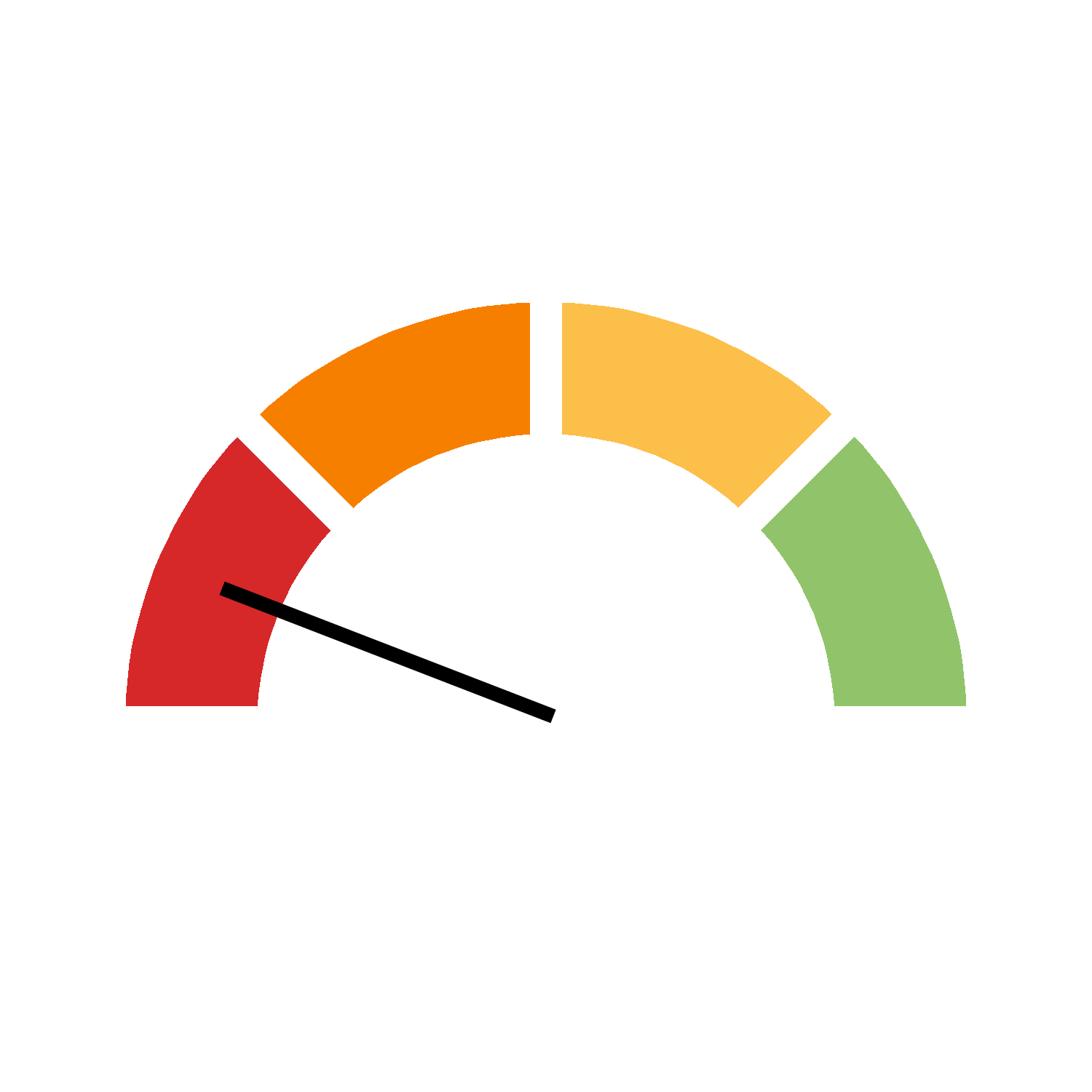The table below contains more information regarding the indicator.
| Goal |
Goal 4: Ensure inclusive and equitable quality education and promote lifelong learning opportunities for all |
|---|---|
| Target |
Target 4.6: By 2030, ensure that all youth and a substantial proportion of adults, both men and women, achieve literacy and numeracy |
| Indicator |
Indicator 4.6.1: Proportion of population aged 16 years and above achieving at least a fixed level of proficiency in functional (a) literacy and (b) numeracy skills |
| Definition and concepts |
The proportion of youth (aged 16-24 years) and of adults (aged 16 years and above) who have achieved or exceeded a fixed level of proficiency in (a) literacy and (b) numeracy. |
| Comment and limitations |
This is a proxy indicator. The UN Global indicator states: “Proportion of population in a given age group achieving at least a fixed level of proficiency in functional (a) literacy and (b) numeracy skills, by sex”.
|
| Method of computation |
For 2022, the data pertaining to proficiency level 2 or below is calculated as the aggregate of proficiency levels 1 or below and 2. |
| Progress measurement details |

